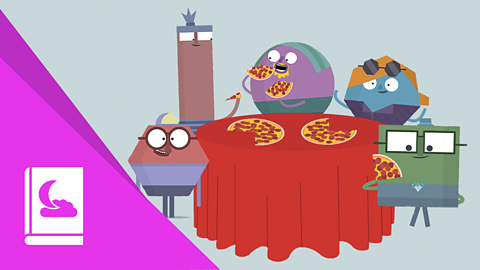Follow the legend of Chinese New Year and learn why people wear red, light firecrackers and bang drums on this special day.
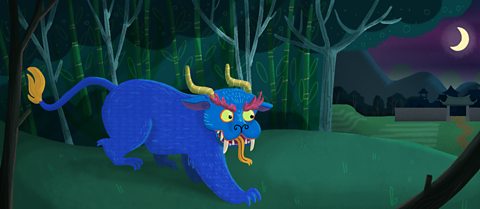
Once upon a time, in China (Check your connection, refresh the page and try again. Zhōng Guó), there was a fierce monster called Nian (Check your connection, refresh the page and try again. 狈颈á苍) with long, sharp teeth and giant claws.
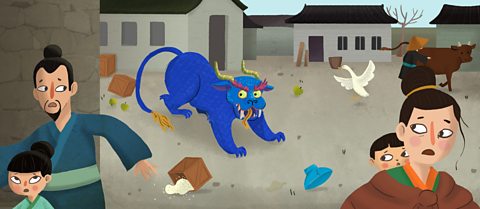
At the end of the lunar year, Nian would go to the villages to hunt for food (Check your connection, refresh the page and try again. shí wù).
Nian liked to eat (Check your connection, refresh the page and try again. 肠丑ī) anything he could lay his claws on, and with each visit Nian ruined people’s homes and crops.
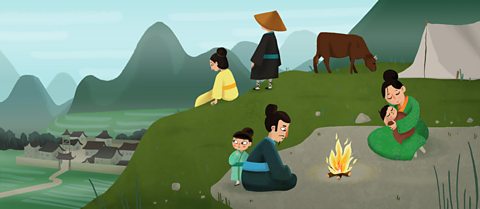
The people feared Nian and would hide in the mountains (Check your connection, refresh the page and try again. 蝉丑ā苍) at the end of the lunar year.
They would not return to the village until Nian left.
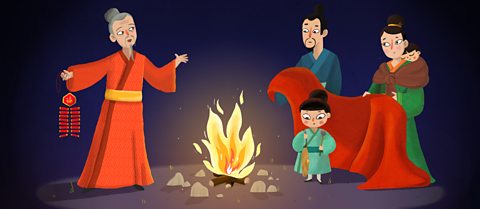
One day, an old man with grey (Check your connection, refresh the page and try again. huī sè de) hair and a long, white (Check your connection, refresh the page and try again. bái sè de) beard came down from the mountains.
He told them Nian was afraid of three things:
- loud noises
- the colour red (Check your connection, refresh the page and try again. hóng sè)
- fire (Check your connection, refresh the page and try again. 丑耻ǒ)
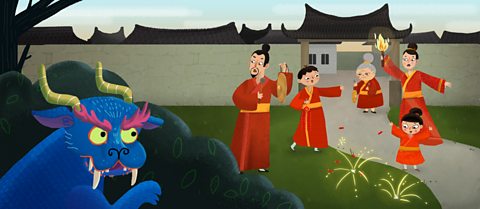
On Nian's next visit, they banged drums, wore the colour red (Check your connection, refresh the page and try again. hóng sè) and lit firecrackers (Check your connection, refresh the page and try again. yān huā) to scare Nian away.
The monster never came back.
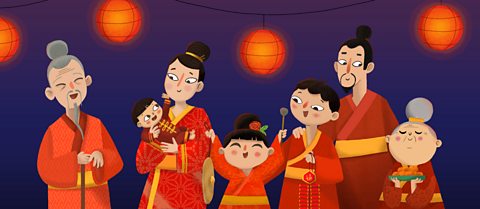
People do this each year to celebrate Nian's defeat.
The last day of the lunar year is called Chinese New Year’s Eve (Check your connection, refresh the page and try again. Chú Xī).
The first day of the new lunar year is called Chinese New Year or Spring Festival (Check your connection, refresh the page and try again. Chūn Jié).

Key Mandarin words
| Mandarin | Pinyin | English |
|---|---|---|
| Check your connection, refresh the page and try again. | Chūn Jié | Chinese New Year or Spring Festival |
| Check your connection, refresh the page and try again. | Chú Xī | Chinese New Year's Eve |
| Check your connection, refresh the page and try again. | hóng sè | red |
| Check your connection, refresh the page and try again. | 丑耻ǒ | fire |
| Check your connection, refresh the page and try again. | 苍颈á苍 | year |
| Check your connection, refresh the page and try again. | 蝉丑ā苍 | mountains |
| Check your connection, refresh the page and try again. | yān huā | firecrackers |
| Check your connection, refresh the page and try again. | Zhōng Guó | China |
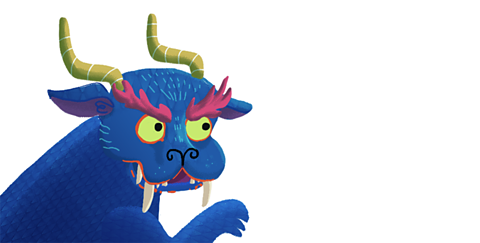
Did you know?
In the legend of the Chinese New Year the monster is called Nian (Check your connection, refresh the page and try again. 狈颈á苍).
In Mandarin, Check your connection, refresh the page and try again. 苍颈á苍 also means 'year'.
Bitesize Primary games. game
Play fun and educational primary games in science, maths, English, history, geography, art, computing and modern languages.

More on Stories
Find out more by working through a topic
- count3 of 6
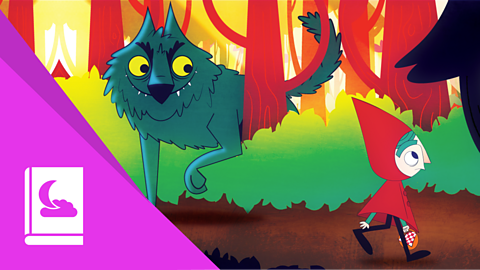
- count4 of 6

- count5 of 6
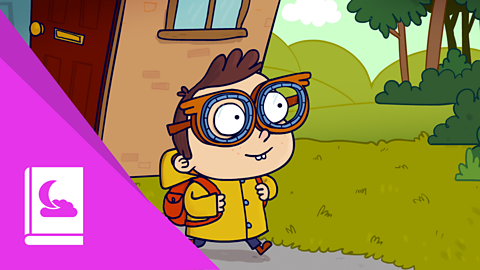
- count6 of 6
